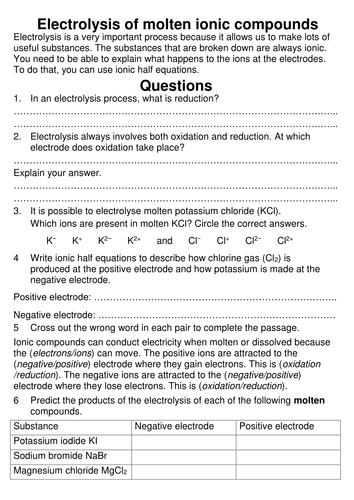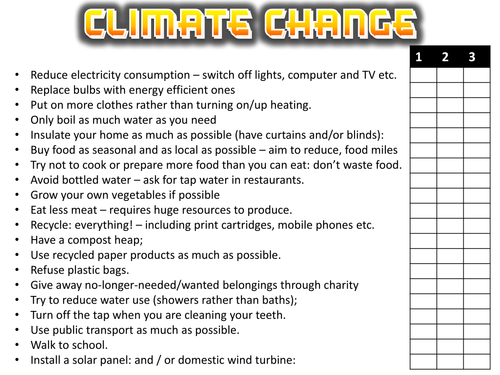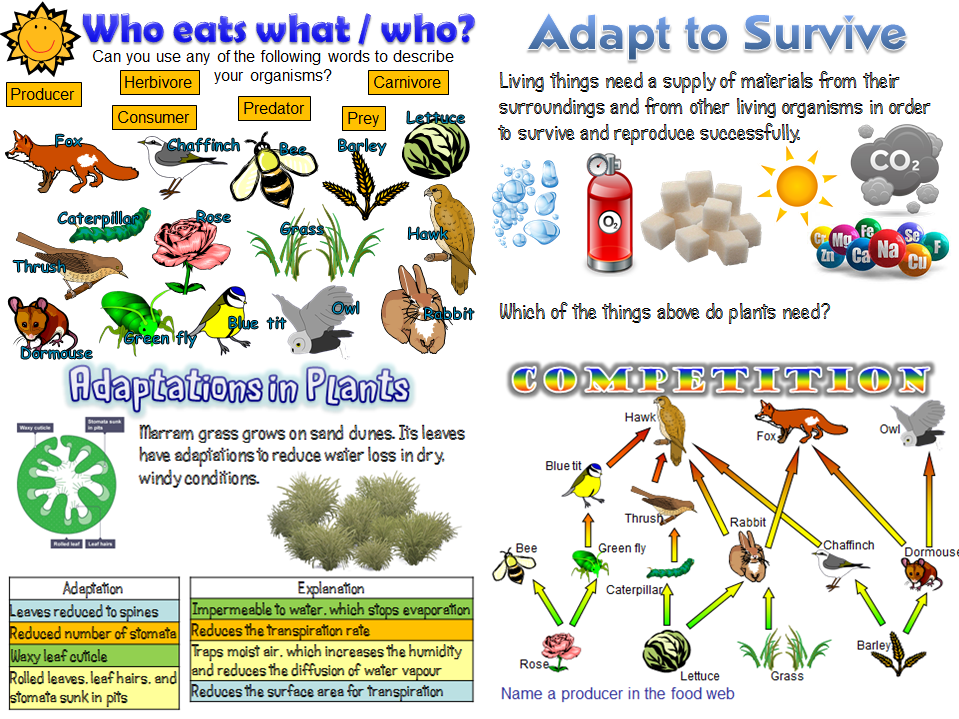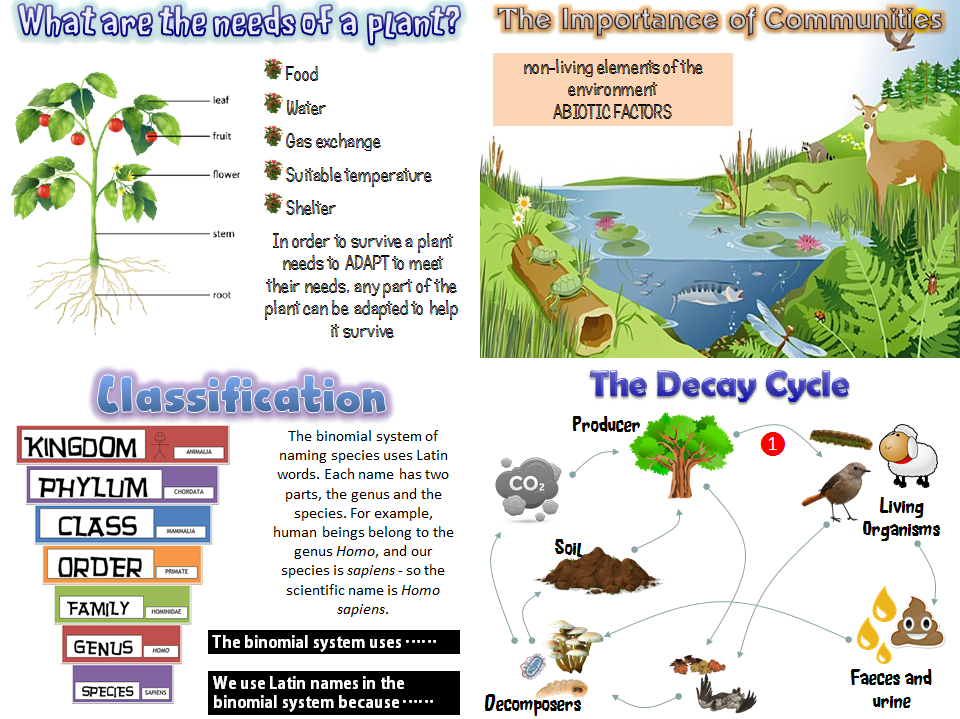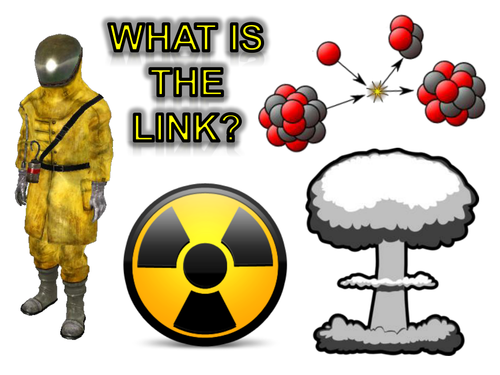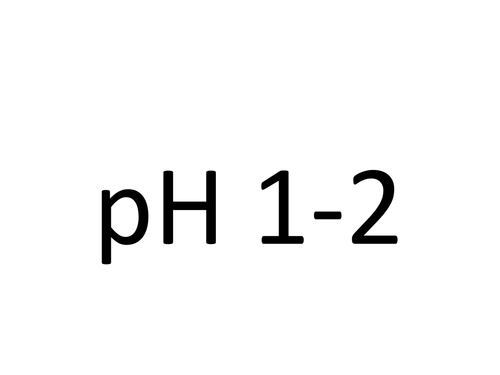
133Uploads
193k+Views
313k+Downloads
All resources

Electrolysis of molten ionic compounds
A presentation and a couple of worksheets to guide students through the concept of electrolysis of molten ionic compounds. The presentation reminds pupils of OIL RIG and the electrical conductivity of ionic compounds before tackling the more challenging aspects of the topic

An introduction to the Periodic Table - New 2016 GCSE Chemistry
A fully resourced lesson starts with a word search to find elements from the Periodic Table. A quick recap of information students may be aware of from KS3 before discussing groups and periods. There is a colouring activity to label various sections of a Periodic Table that is then used to complete a group activity. A series of questions to challenge understanding is used to secure knowledge before a plenary that ask students to try and talk for as long as possible about what they have learnt about the Periodic Table
Bundle

Radiation resources bundle
4 of my resources used to teach the radiation part of the new AQA physics GCSE 2016. This includes 2 revision sheets

Climate change
A presentation and worksheet about climate change and how it link to global warming. The presentation has an embedded video and various activites

New GCSE - Cracking Crude Oil
A fully resourced lesson with assessment on the cracking of crude oil. The starter is a data analysis activity that links in to the leaning objective. Cracking of hydrocarbons is covered before pupils are asked questions on the reasons for the process and how it is carried out. The plenary is an assessment question.
Bundle

Interdependence / Ecology bundle
4 resources grouped together on interdependence, ecology and adaptations. The organising ecosystems is my best selling resource - now group with 3 other linked resources
Bundle

New AQA 2016 Biology resources
All resources are suitable for the AQA Biology / Trilogy / Synergy GCSE. Various topics are covered from respiration to adaptations and evolution.

Atoms and Radiation
A presentation that links the structure of an atom to what is meant by a stable and unstable nucleus

Circuit diagrams
A lesson following on from the introduction of circuit symbol and simple circuits. Pupils are asked to interpret circuit diagrams and build given parallel and series circuits. The plenary tests understanding of the difference between parallel and series circuit diagrams

Climate change and global warming
A presentation and resources to teach the difference between global warming and climate change and to consider the consequences of climate change. Lesson 5 on the AQA unit for Chemistry of the atmosphere, but can be taught as a stand alone lesson

AQA Chem / Trilogy - Earth's Early Atmosphere
A lesson with a quick on the draw activity. A video in embedded in the presentation and information sheets are provided as a reference source to find the answers to the activity. This is the second lesson in a series, but can be taught stand alone

AQA Trilogy / Chemistry - Exo and Endothermic reactions and conservation of energy
An introductory lesson in a series of 4 for the C5 topic - Energy Changes. The concept of exothermic and endothermic reactions is introduced with an engaging practical. The presentation discusses the idea of conservation of energy and reactions converting heat and chemical energy. The lesson is fully resourced

AQA Chemistry / Trilogy - Metals and Oxygen
A presentation about the reactivity of metals with water, introducing the concept of reduction and oxidation in terms of oxygen

AQA Trilogy / Chemistry - Ionic compounds
A couple of presentation that teach pupils how to draw dot and cross diagrams to represent bonding in ionic compounds and to show how the ionic lattice is formed. The resource also contains worksheet to support the working out the formula of ionic compounds. A cut out activity based on ion charge can be used to support students

AQA Trilogy - C10 -Finite Resources
How much do we depend on the Earth’s natural resources? - A presentation that poses this question and then gets pupils to interpret graphs. Key terms and ideas are discussed

Kinetic theory of solids, liquids and gases
A fully resourced lesson about the properties of solids, liquids and gases and how the strength of the bonding influences properties

AQA Trilogy / Chemistry - Extraction of metals using carbon
A presentation with linked practical to teach pupils about the extraction of metals using reduction with carbon

Atoms and elements - Element exhibition
Get as many samples of elements as possible and use to introduce the idea that there are different elements and how they differ. A presentation and accompanying worksheets are included. Test tubes of air can be labelled as gases etc. If needed

What pH?
Print the pH numbers on different colours of card if available. Print out the different everyday substances and cut them out. Give each child a different substance and get them to guess the pH of the substance. Show the PowerPoint presentation about the pH of the different substances to see if they were right. The final slide gives you a chance to ask pupil if they can spot any similarities between acidic, alkaline and neutral substances

